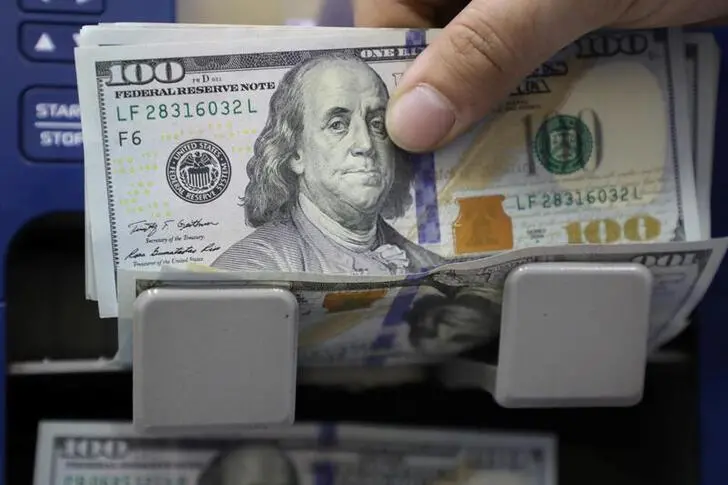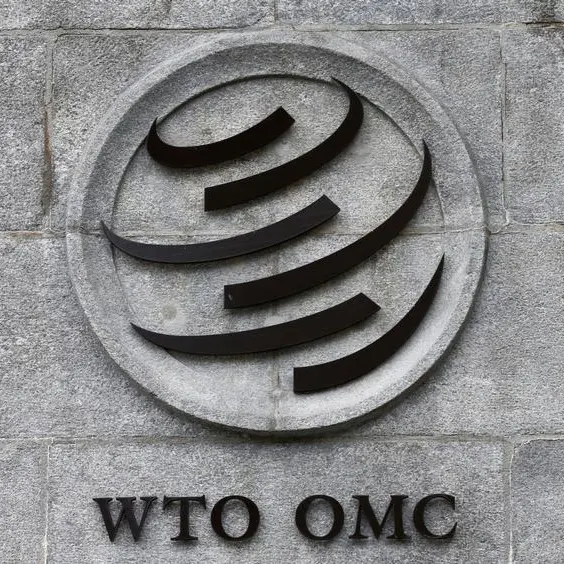PHOTO
(The opinions expressed here are those of the author, a columnist for Reuters.)
LONDON - The U.S. government can once again borrow at a deeply negative 'real' rate of minus 1.0% for 10 years - and some economists insist there's a powerful historical case for expecting that rate to stay near zero or below for the rest of the decade.
It's been fashionable in markets of late to think of another "Roaring '20s" emerging over the next decade. Pandemic-driven megatrends, fractious politics, gigantic government debt piles and the return of inflation could all conspire to electrify or unnerve markets over the years ahead - or so the story goes.
But after a restive first quarter of 2021, global bond markets - still under the spell of heavy central bank buying - appear to be pricing in a very different scenario ahead.
Even after this week's June readout of the highest annual gain in U.S. core consumer prices in 30 years - an inflation rate of some 4.5% excluding food and energy prices - the yield on the Treasury's 10-year inflation-protected bond skidded back below -1.0% for the first time in five months.
Aside from that brief moment in February, these rates have never been lower - at least not in the history of these securities. And all equivalent rates in the G4 major economies are also below zero, with Germany and Britain even lower than those in the United States.
Investors pore over everything from 'peak inflation' to 'peak growth' and even 'peak stimulus' for clues as to why bond yields continue to defy forecasts and why they have taken the surge in inflation and government debt levels in their stride.
U.S. government debt will top 125% of gross domestic product this year and next - its highest since World War Two - and up almost 20 percentage points since before the pandemic. Debt/GDP in G4 economies overall has risen by a similar amount to 125%.
While many put the seeming nonchalance down to persistent central bank intervention or technical quirks, some also point out to the risk of a weakening 'fiscal impulse' over the next two years that mathematically drags on growth rates.
Manulife Investment Management economist Frances Donald thinks this should be seen as a "fiscal cliff" and the drop in U.S. spending - viewed as a share of resulting falling budget deficit - marks the steepest such cliff since the 1940s.
HIGH PRESSURE
However, G7 leaders pledged last month not to make the mistakes of the last crisis by reducing government spending too soon and reverting to fiscal austerity too early.
The White House and congressional Democrats at least seem intent on keeping that "high pressure economy" until all sections of society take part. Leading Democrats this week agreed to table another $3.5 trillion investment plan on top of the proposed $600 billion of infrastructure spending already in the pipeline.
And yet the bond market barely flickered at the prospect.
Is this just the Federal Reserve's hand Is Fed buying really so dominant and can it remain so for years
Fed chief Jerome Powell was this week pointedly reluctant to give Congress any hard timeline for a reduction in bond buying and continued to characterize inflation spikes as mostly temporary base effects and bottlenecks from pandemic lockdowns.
But if the Fed is right about inflation over time and the pursuit of a high pressure economy is now G7 consensus due to equality and climate priorities, history shows bond yields could be down here for a long time to come yet.
Morgan Stanley economists published a study this week looking at 100 years of data on how countries managed debt blowouts - defined as periods when debt/GDP ratios jumped 20 percentage points in five years.
They concluded that countries which managed to rein in those debt levels over the subsequent decade had kept looser monetary and fiscal policies longer than those who failed to stop their debt rising. Low debt servicing costs - absent an inflation problem - and growth were shown to be the best ways to keep debts sustainable.
Studying all outcomes, they reckoned the most successful strategy was to keep real interest rates two percentage points below real GDP growth rates for 10 years and 'grow out' of the debt rather than slashing spending. Fiscal consolidation, by contrast, had played a lesser role in the reversal of public debt build-ups over the century, it said.
On that basis the investment bank saw U.S. real rates held between -0.5% and +0.5% for the next decade - about 2 points below their expected real GDP growth rate.
While flatlining, that's still higher than today's rate - although it assumes some modest Fed tightening at some point.
And of course, the lower the growth rate, the lower the real rate needs to be to rein in debt loads. Morgan Stanley said that if adverse demographics and productivity depressed real GDP growth more than it thought then real rates as low as today's may have to be sustained to stop debts rising.
But it also said most episodes of successful debt reduction had generally been accompanied by only moderate but sustained inflation - a median of 2.9% for those successful in cutting debts. Contrary to popular perceptions, hyperinflation ensued only in a very small number of episodes.
"Our analysis shows that the real rate environment has been key in determining the path of public debt substantially more so than actual fiscal spending."
(The opinions expressed here are those of the author, a columnist for Reuters.)
(Writing by Mike Dolan;Editing by Elaine Hardcastle) ((mike.dolan@thomsonreuters.com; +44 207 542 8488; Reuters Messaging: mike.dolan.reuters.com@thomsonreuters.net))












